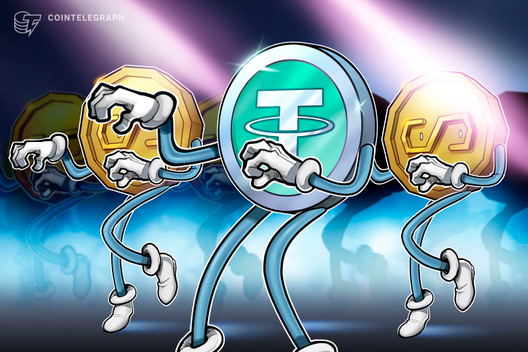The security experts at BlockShow Asia 2019 agree: creating a unified blacklist for scammers and fraudsters is not only difficult, but it’s not enough to solve these issues within the crypto space.
Cryptocurrency service providers like exchanges already maintain their own separate blacklists. Combining these into one list may look useful, but it’s not especially easy to do.
Ulisse Dell’Orto, managing director at Chainalysis, pointed out the need for a “high level of evaluation about how data is gathered.” He said that in some cases, companies simply use an algorithm to do this heavy lifting. That makes it difficult to justify where data comes from without manually adjusting it.
Marina Khaustova, CEO at Crystal Blockchain Analytics, also sees limitations in creating a single blacklist. She thinks that just checking a blacklist isn’t “proactive” — it’s not enough to define a pattern of fraudulent behaviors.
As previously reported, the US Department of the Treasury’s Office of Foreign Assets Control (OFAC) published a list of Bitcoin addresses associated with foreign narcotics operators. Chainalysis collaborated with the US Department of Justice to contribute to the shutdown of the largest-to-date child sexual exploitation market, called Welcome to Video, by analyzing Bitcoin transactions.









